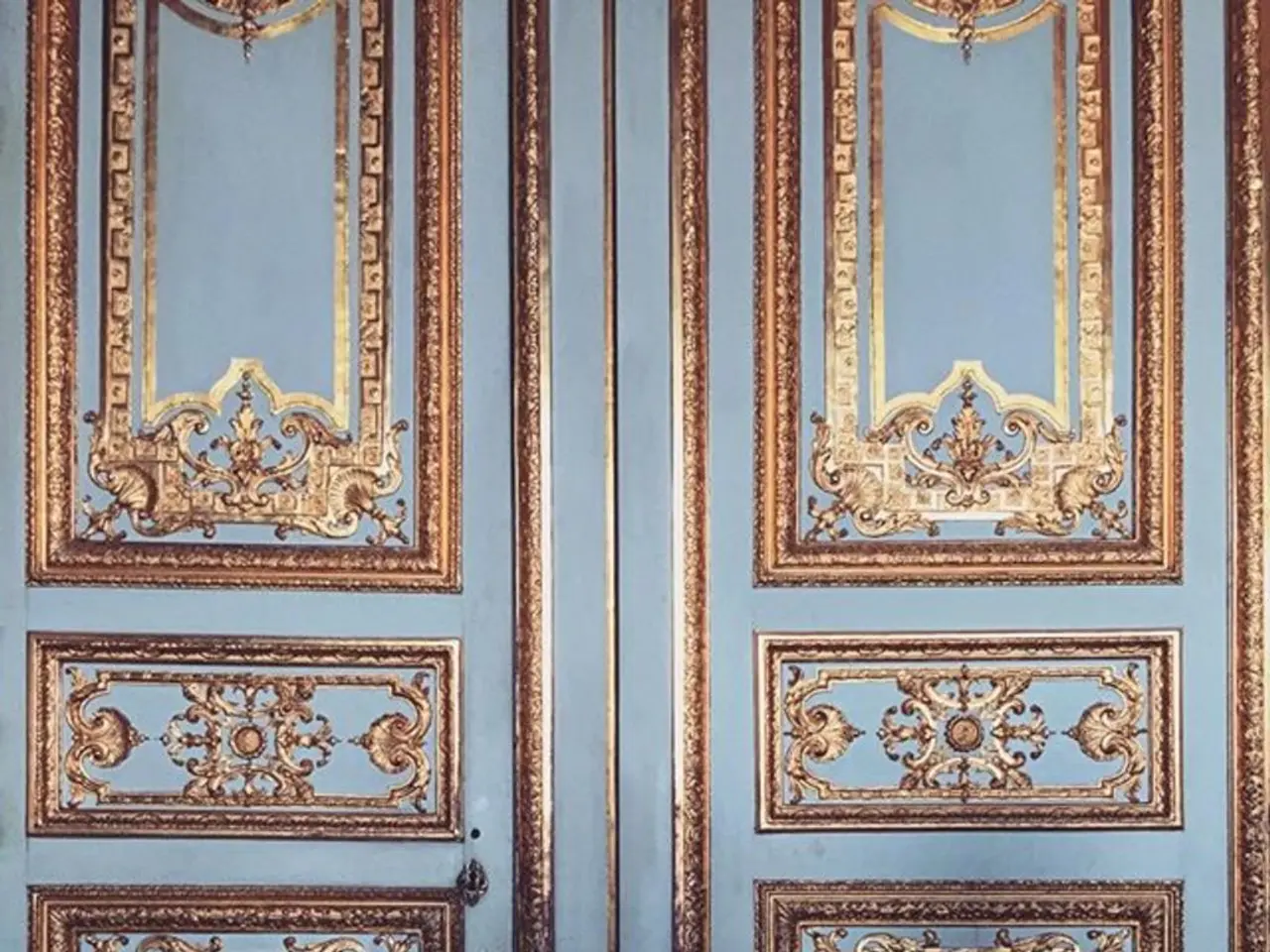Web Design Gradients: Ranging from Subtle Tints to Vibrant Expressions
=============================================================================
In the ever-evolving world of web design, gradients have emerged as a popular choice for creating visually appealing and engaging interfaces. Current trends emphasize subtlety, warmth, and depth, with best practices favouring soft, blended transitions between adjacent hues.
Modern gradients tend to avoid harsh contrasts or overly complex colour schemes, instead opting for smooth blends that integrate harmoniously within minimalist or clean layouts. This trend aligns with the broader move towards minimalist design, which prioritizes simplicity, readability, and efficient information delivery.
The use of gradients adds personality and dimension to what might otherwise be flat, block colours, enhancing user engagement without compromising usability or site speed. However, designers must ensure they support rather than distract from content, optimize for accessibility by maintaining sufficient contrast for readability, and balance aesthetic appeal with performance by avoiding large, resource-heavy gradient overlays.
Gradients are versatile design tools, suitable for backgrounds, text elements, buttons, images, and more. They can be used to create stunning visuals that draw the viewer's attention, emphasizing their aesthetic appeal and functionality. Complementary gradients, featuring two sets of complementary hues (colours opposite each other on the colour wheel), can create a striking visual effect. Reflected gradients can add depth and detail to logos, icons, and other graphic elements on a page.
Angular gradients, often using triangles or diamonds, create a distinctive and attractive effect, while reflected gradients are designed to reflect light and shadow across a design element. Radial gradients, using circles or ellipses, create a sense of depth and movement. These gradients can add subtle texture and movement that helps draw attention to the most important parts of your page while providing a balanced and organized layout.
When creating a gradient design, it is important to choose the gradient colours that go together that best suit the design needs. It is recommended to use one to two gradients per page at most to avoid overwhelming the viewer. Angular and reflected gradients can be used for background images, creating interesting optical illusions by reflecting light and shadow across design elements.
Gradients can help reduce visual noise by breaking up large blocks of content on the page, making it easier for viewers to read and find what they're looking for. They can also be an accessibility tool, as they help users with some forms of colour blindness more easily differentiate between elements on the page. Ensuring accessible gradients means balancing aesthetics and usability so everyone can enjoy the overall user experience.
CSS gradients are particularly practical for creating these visual effects, as they allow designers to generate gradient code easily and enhance the visual appeal of HTML projects without the need for complex images or plugins. Linear gradients, consisting of two or more colours that gradually blend linearly, are the most common type of gradient seen in web design. CSS gradient code simplifies the creation of gradients and provides customization options.
Colour contrast is essential for accessible gradients, ensuring text remains readable at every point. Using a bright or dark colour at the beginning or the end of a gradient will create contrast while allowing for a soft transition between each hue.
Gradients contribute to the overall user experience by making websites more engaging and visually appealing. They can reflect a company's personality, enhancing brand identity through unique colour blends. Balancing brightness and contrast within a design plays an integral role in creating compelling visuals with gradients.
Finally, gradients are often easier to work with than flat colours when creating responsive designs that look great across all devices and resolutions. With their ability to create stunning visuals with even the simplest designs, gradients are set to continue their rise in 2025 web design.
Technology plays a significant role in enabling the seamless creation and application of gradients in web design, offering tools like CSS gradients that simplify the process. The rise of minimalist design trends is made possible by advanced technologies that allow for smooth and efficient gradient implementation without compromising site speed or performance.
In the ever-evolving realm of web design, technology-driven solutions continue to shape the way gradients are used, creating opportunities for designers to push the boundaries of visual appeal and user engagement.




